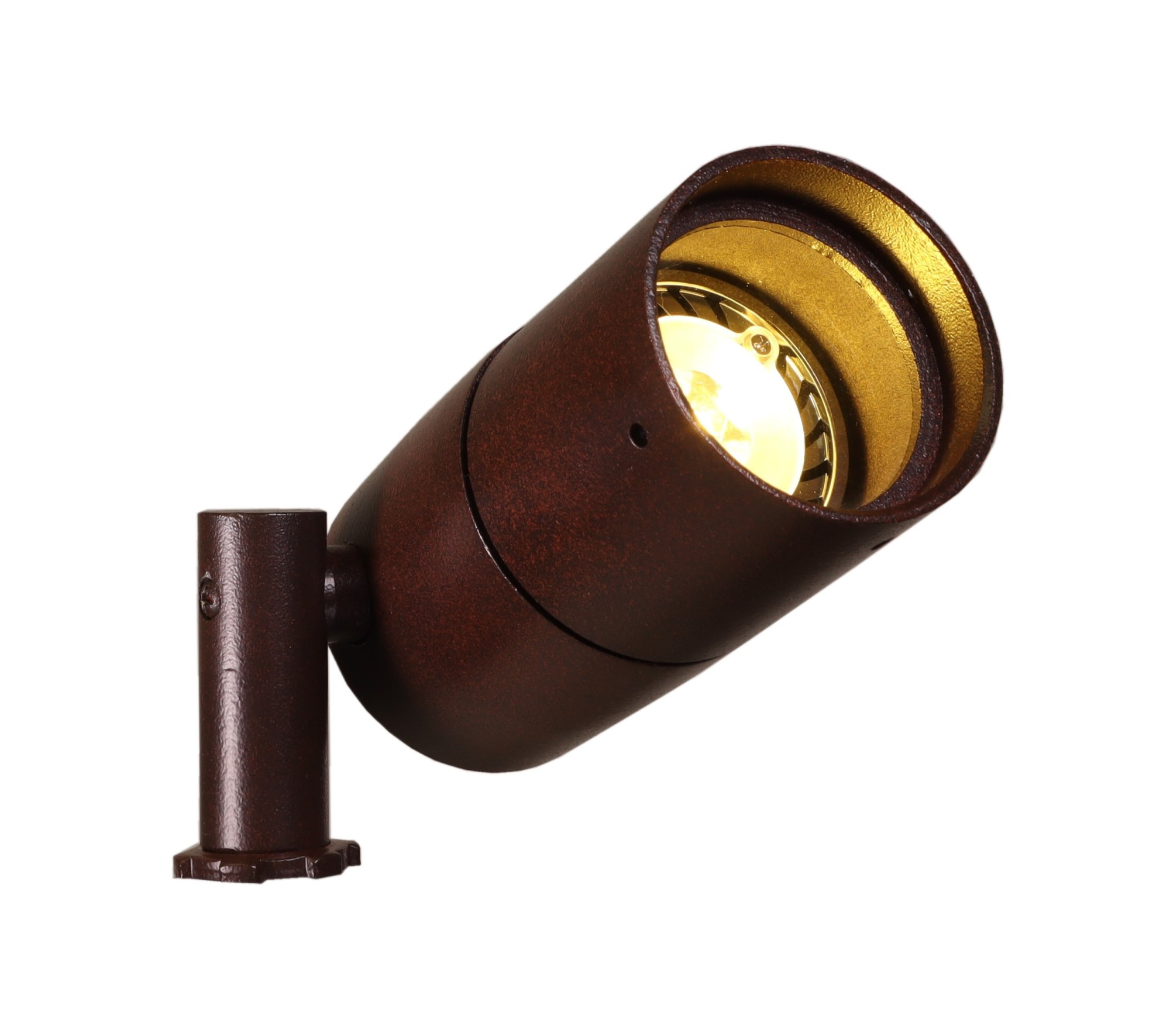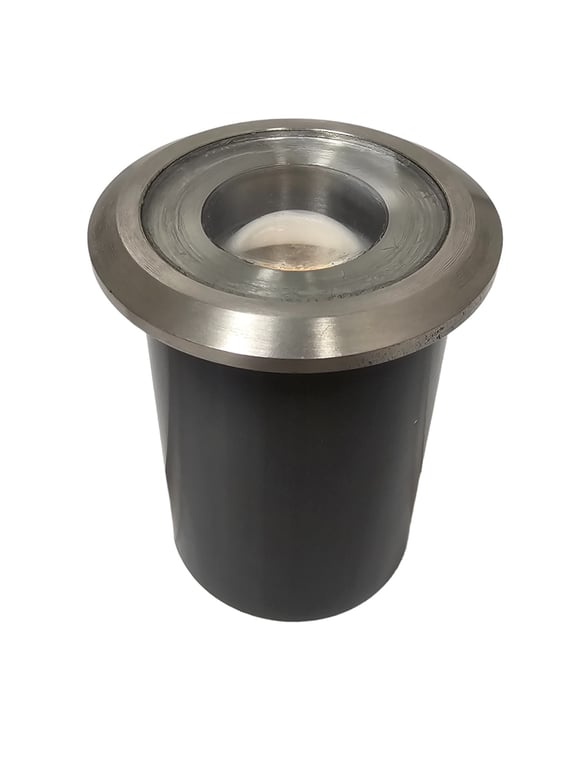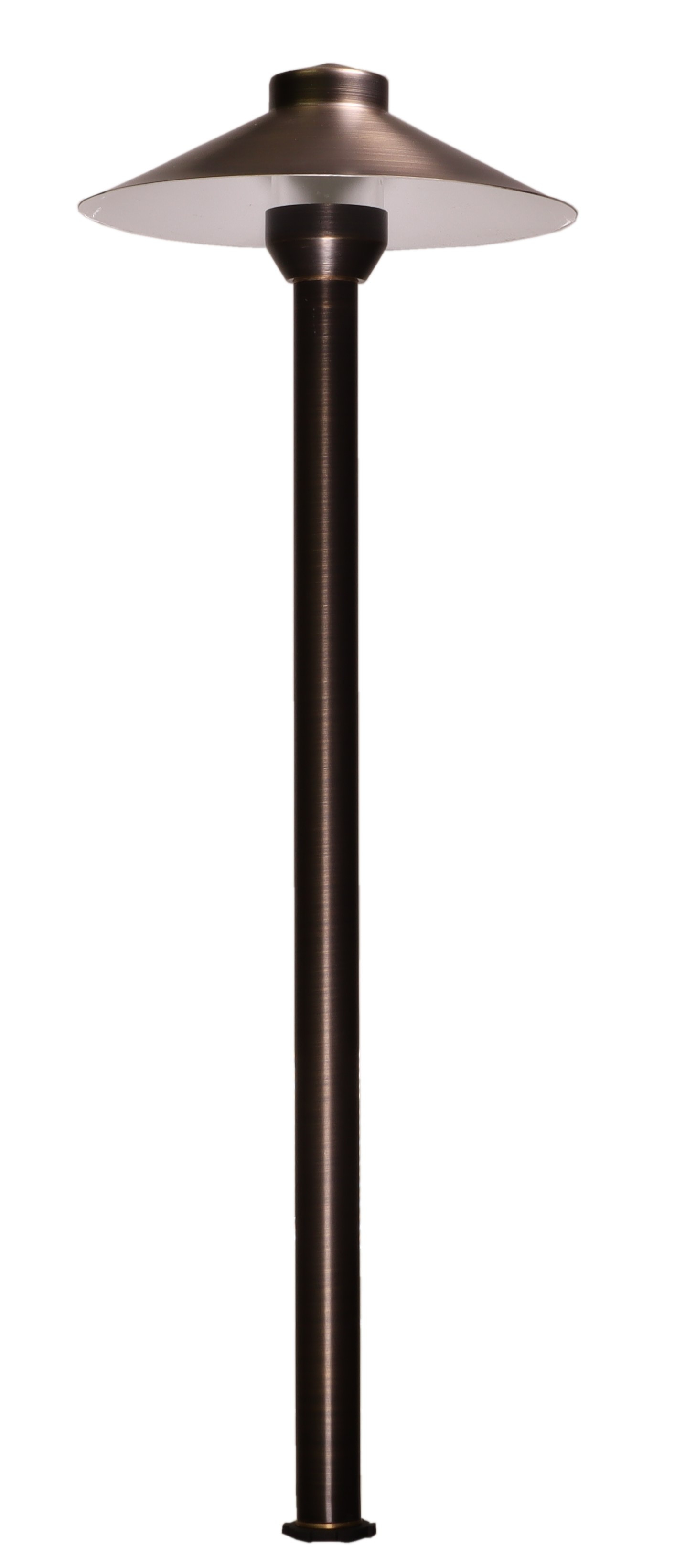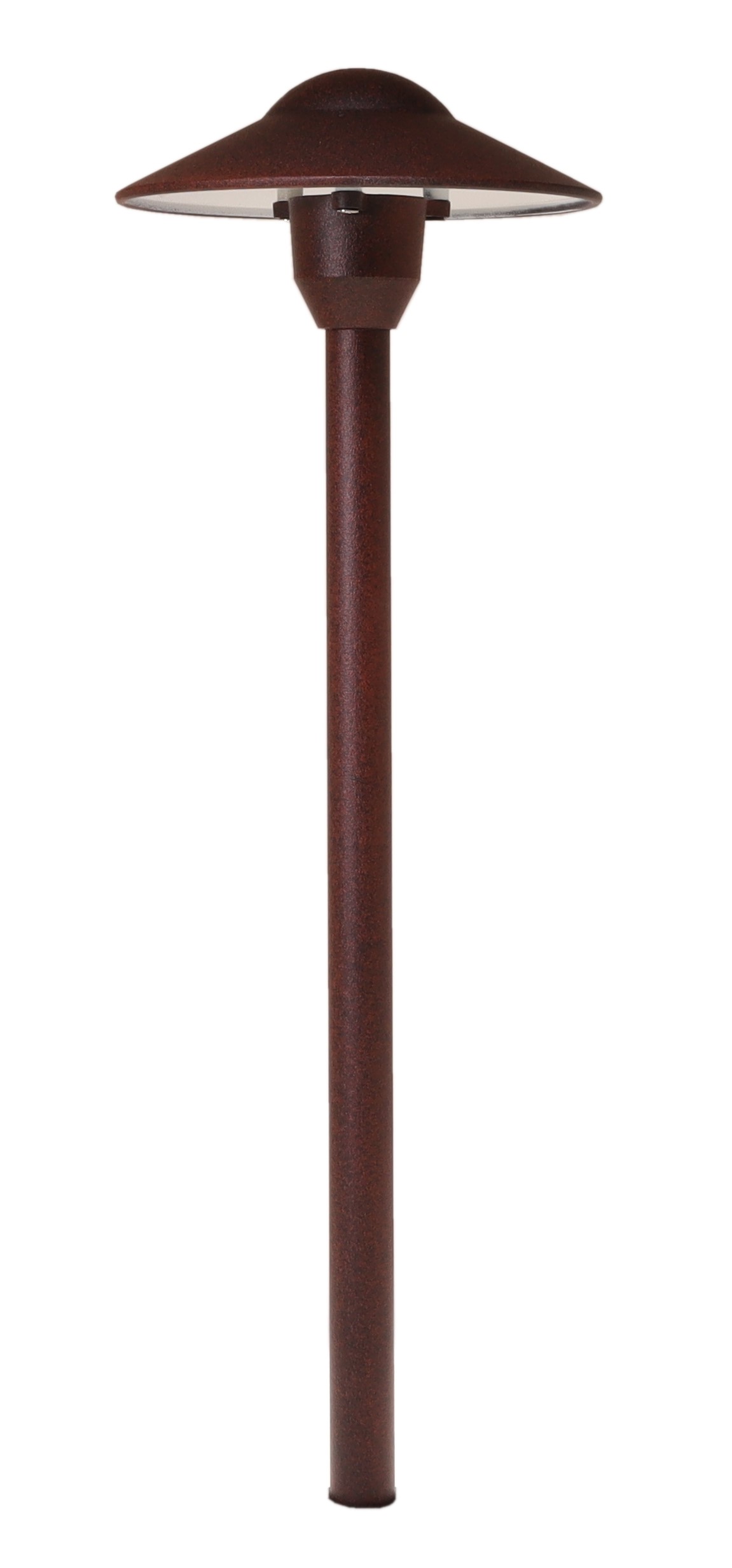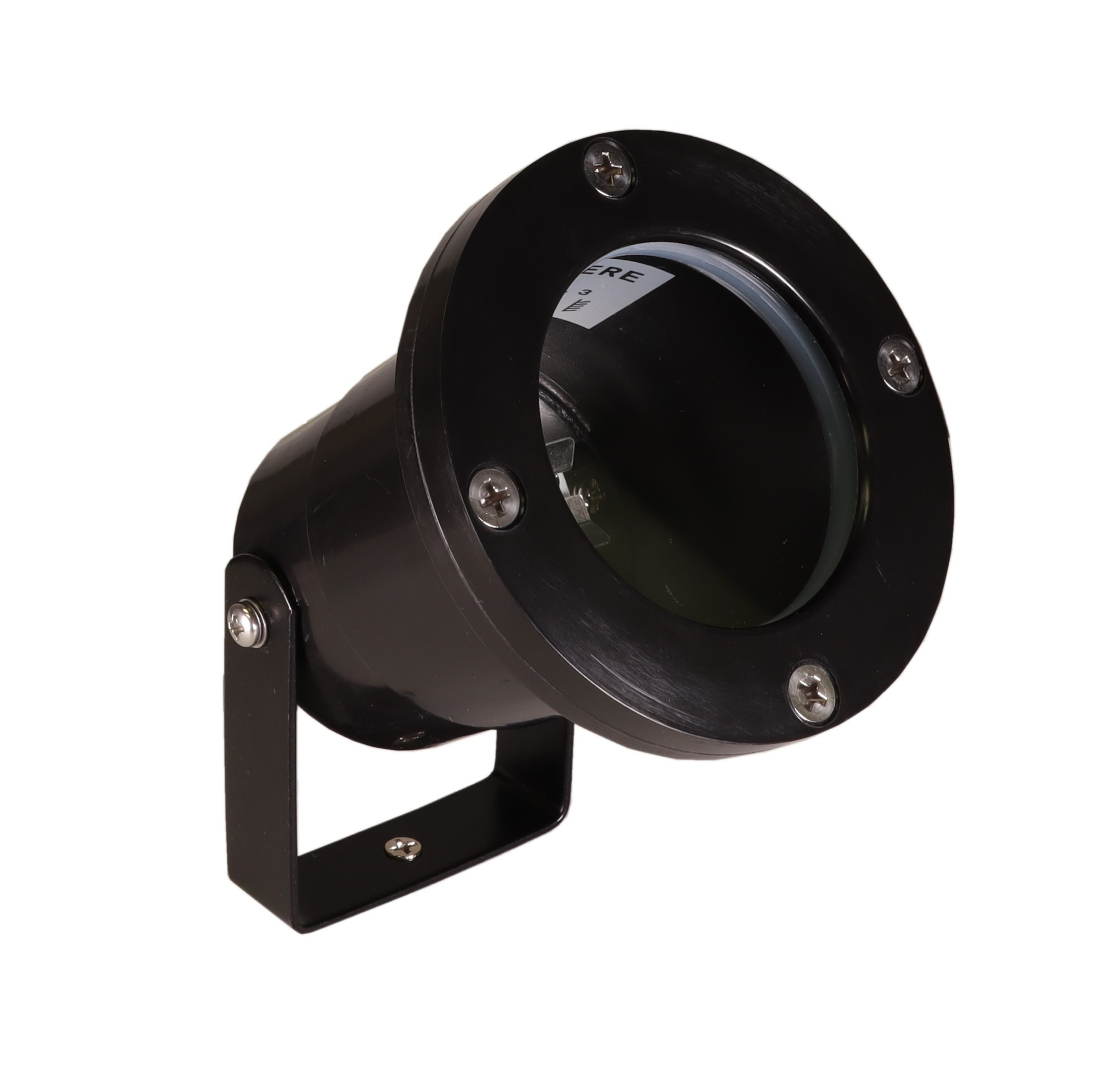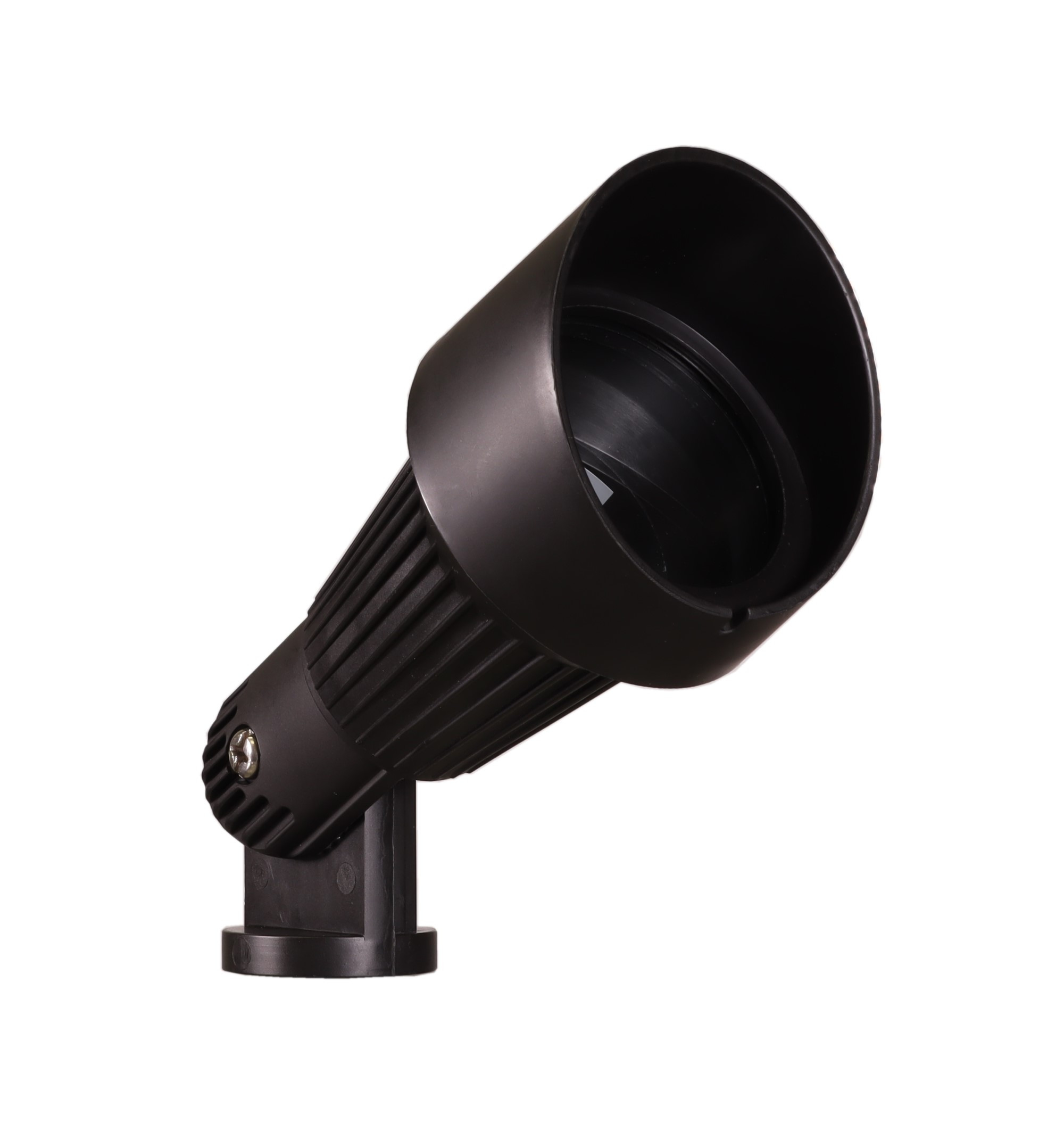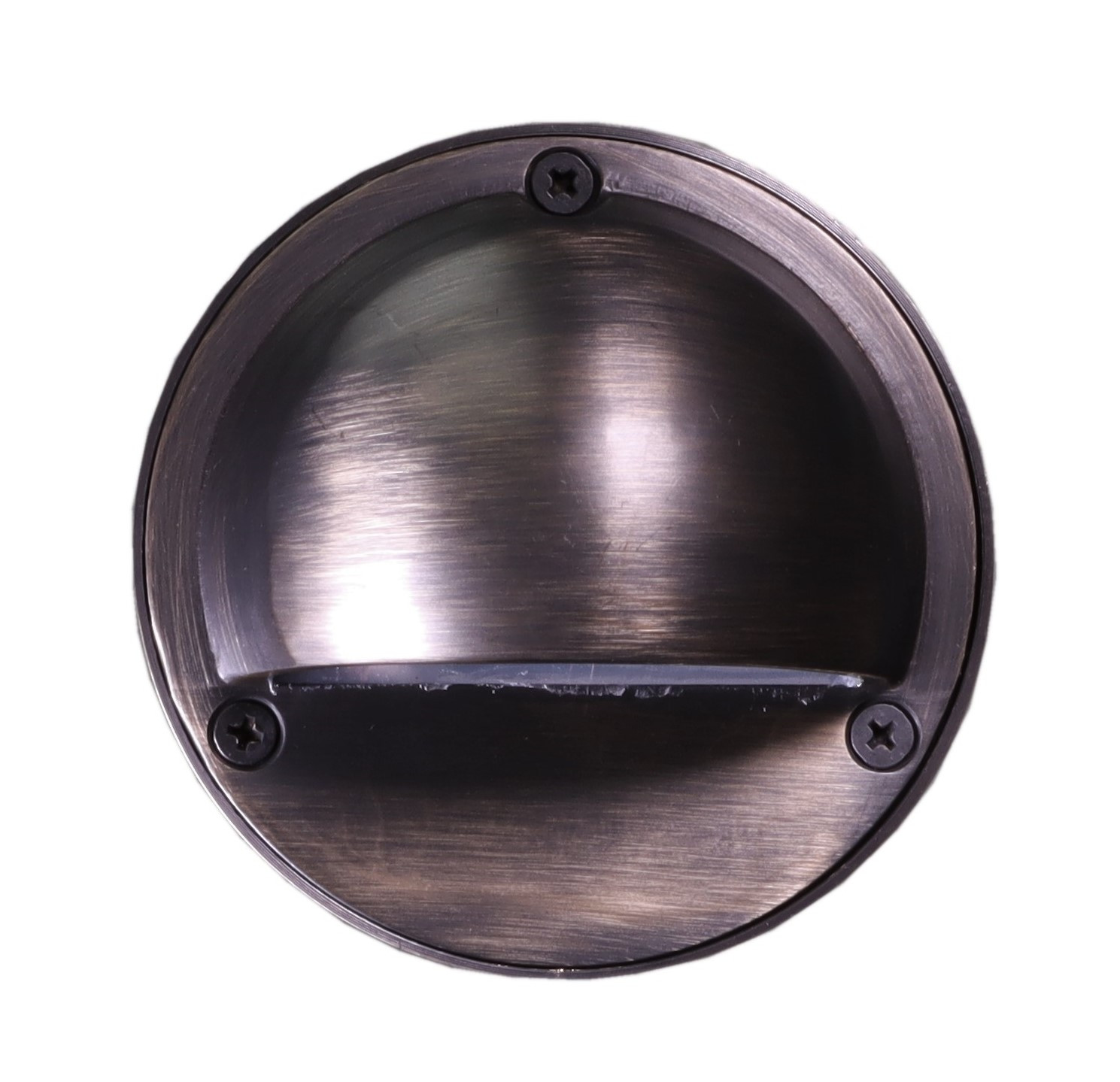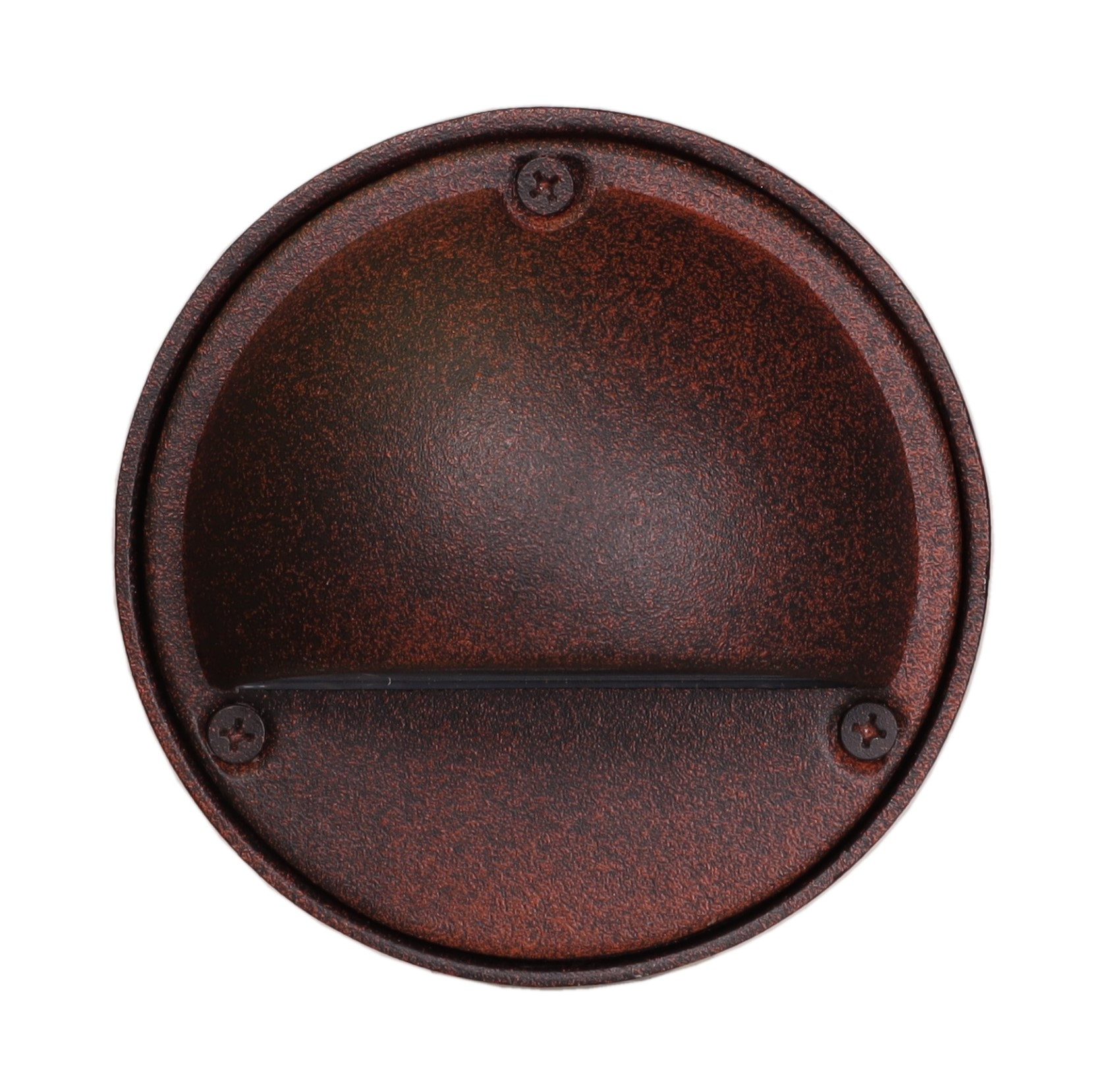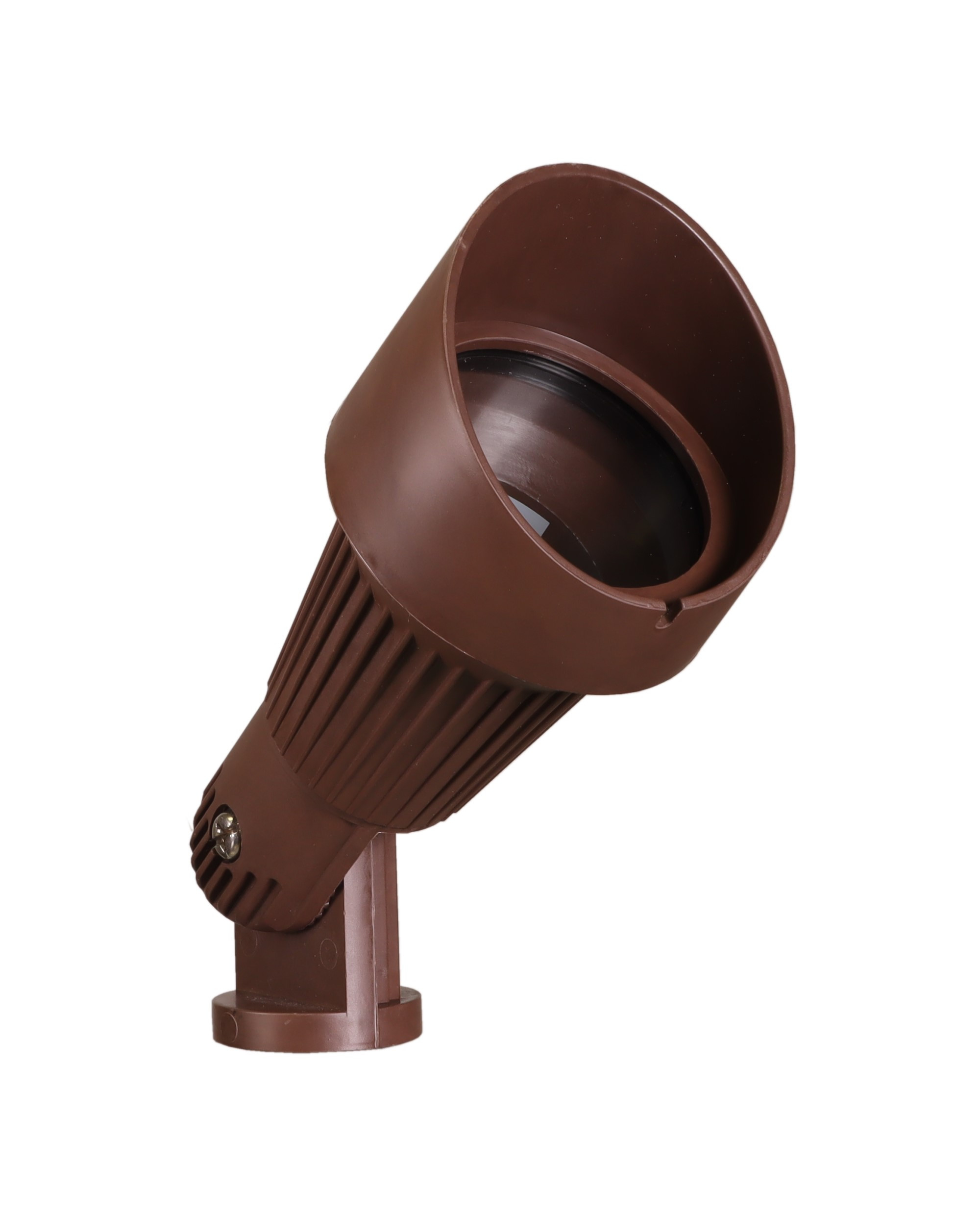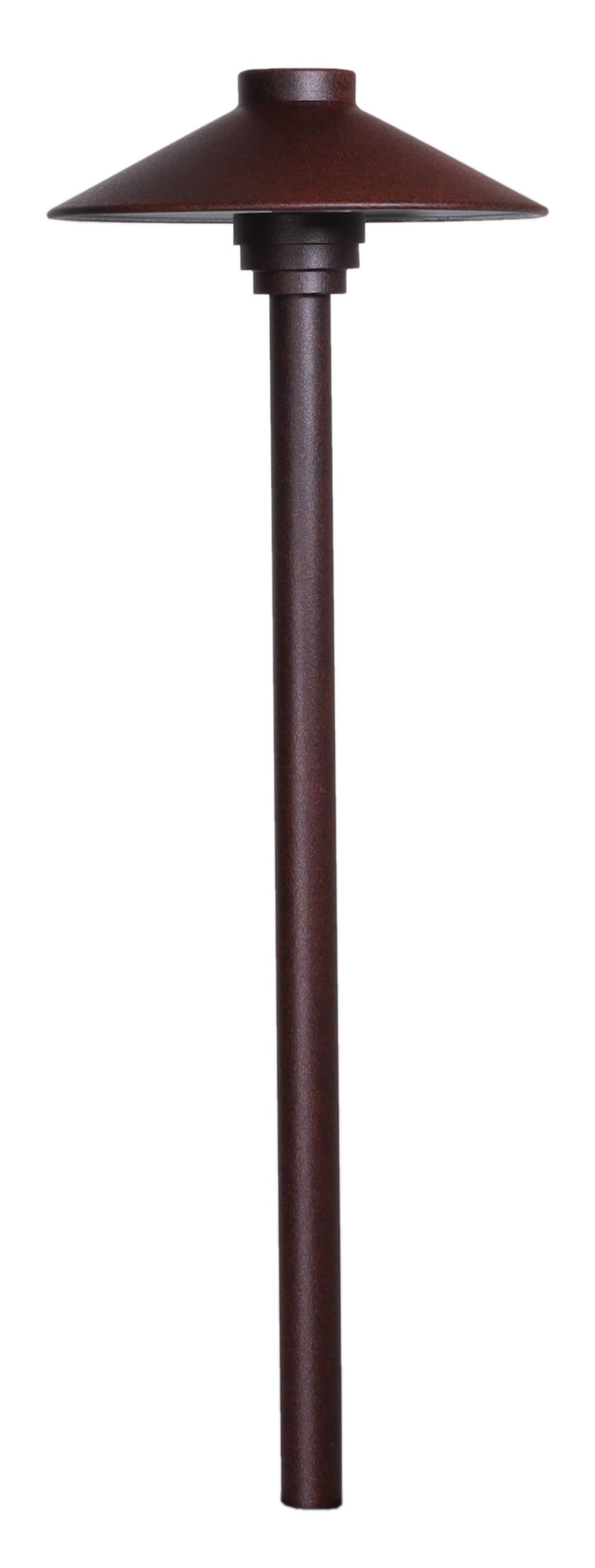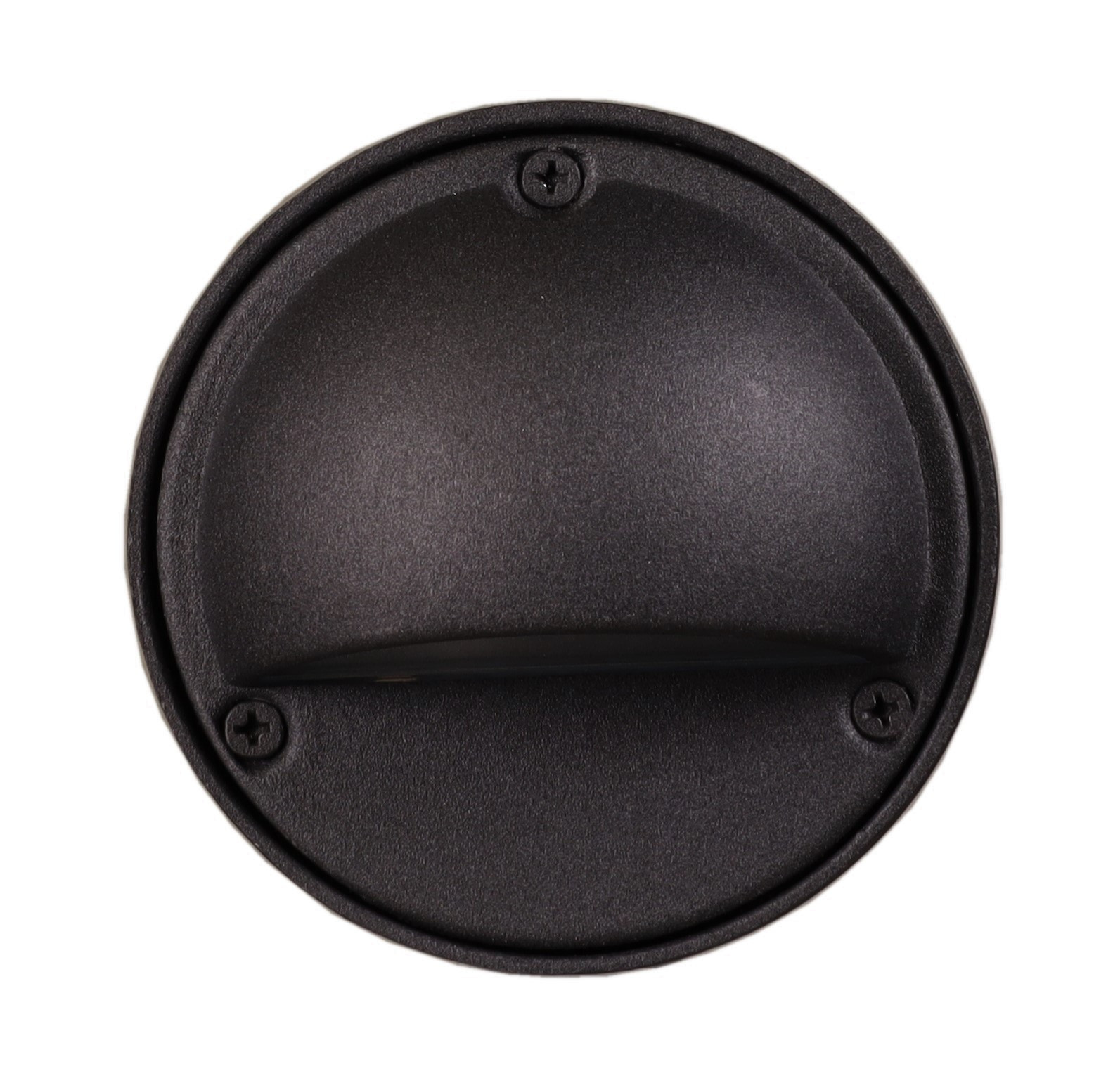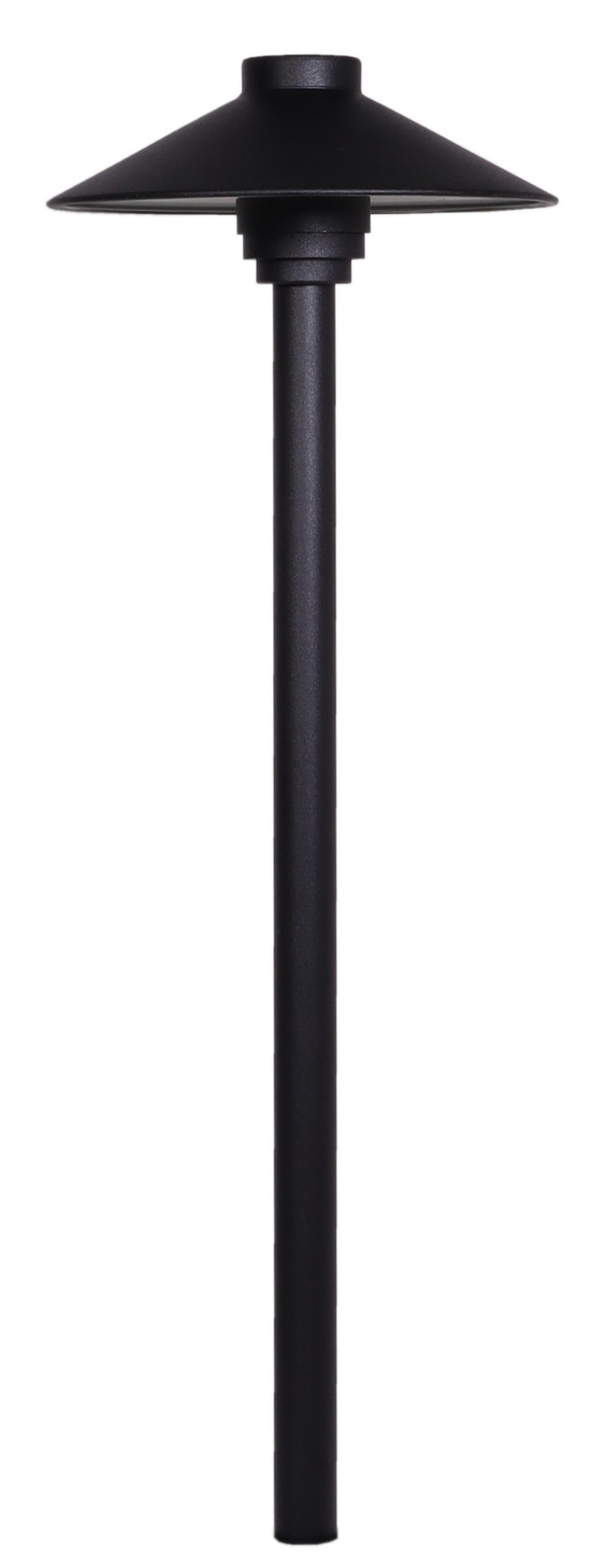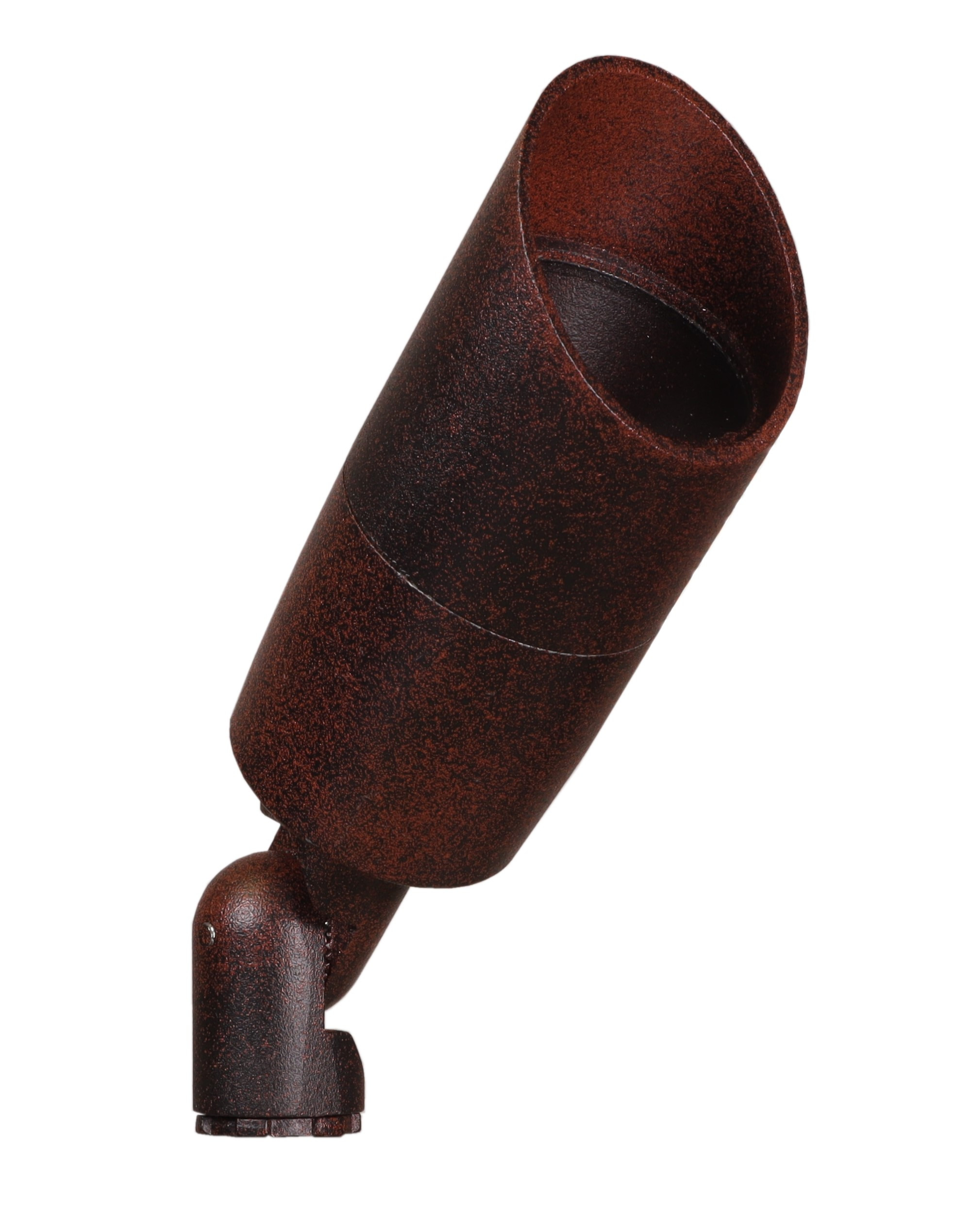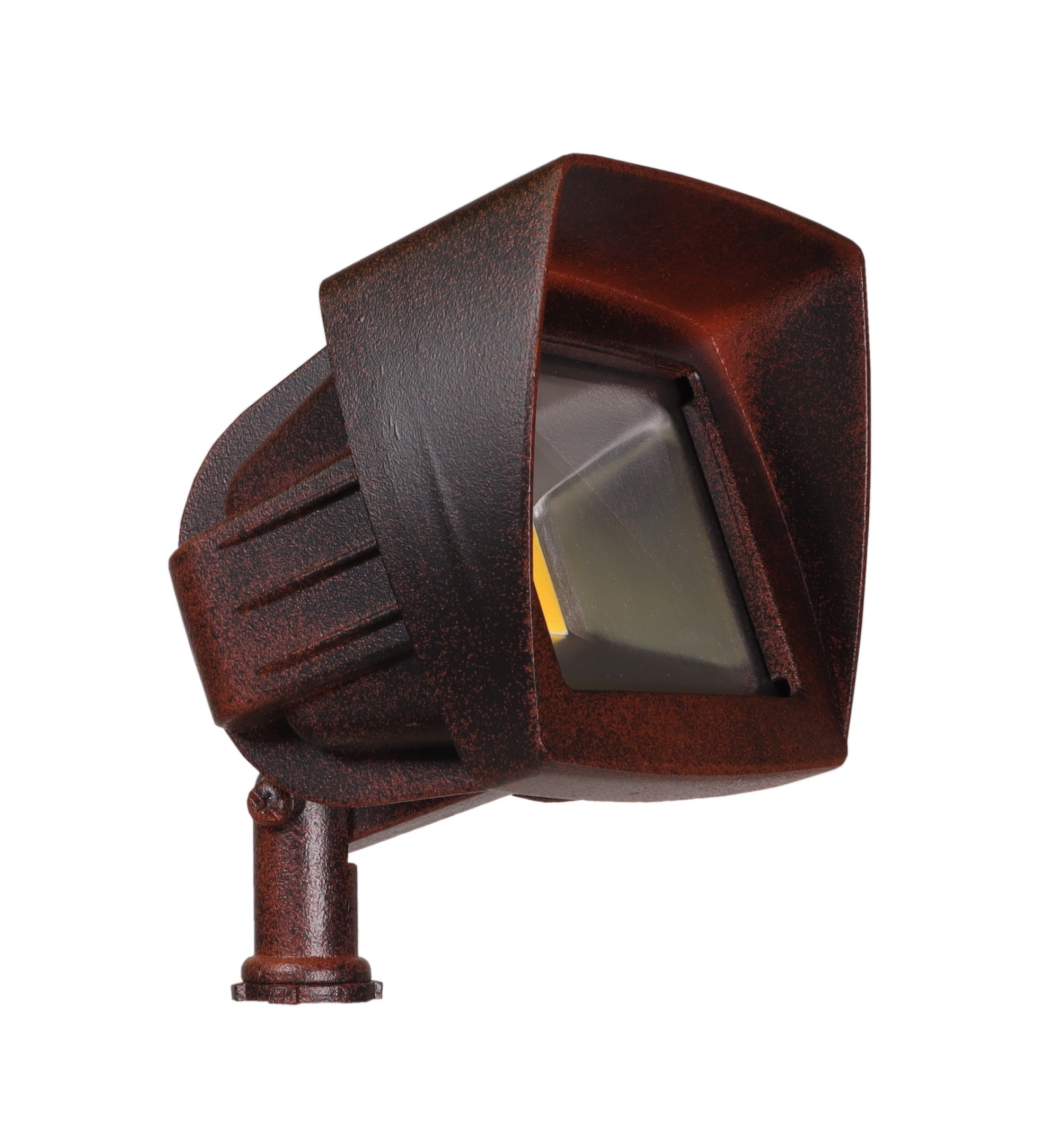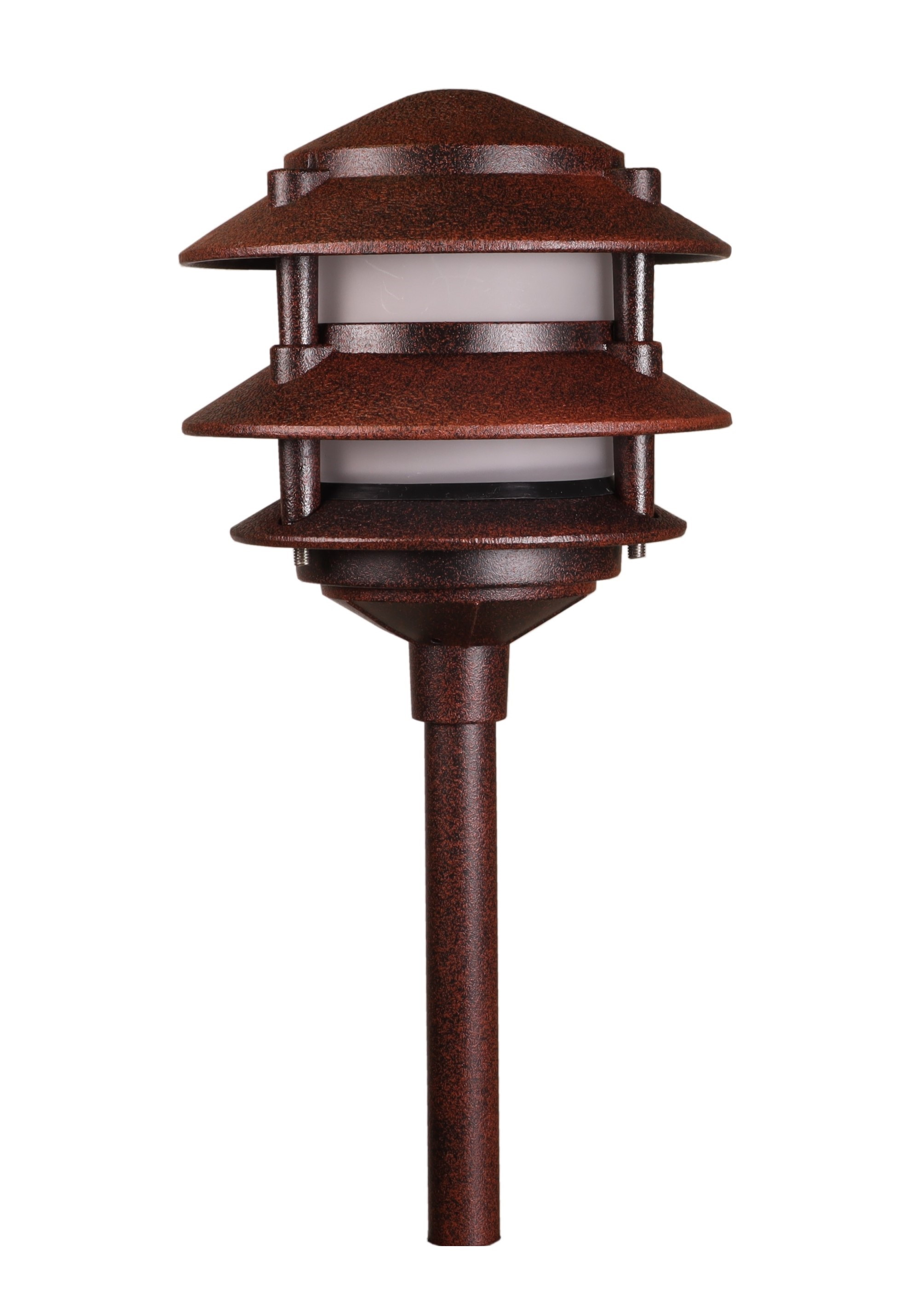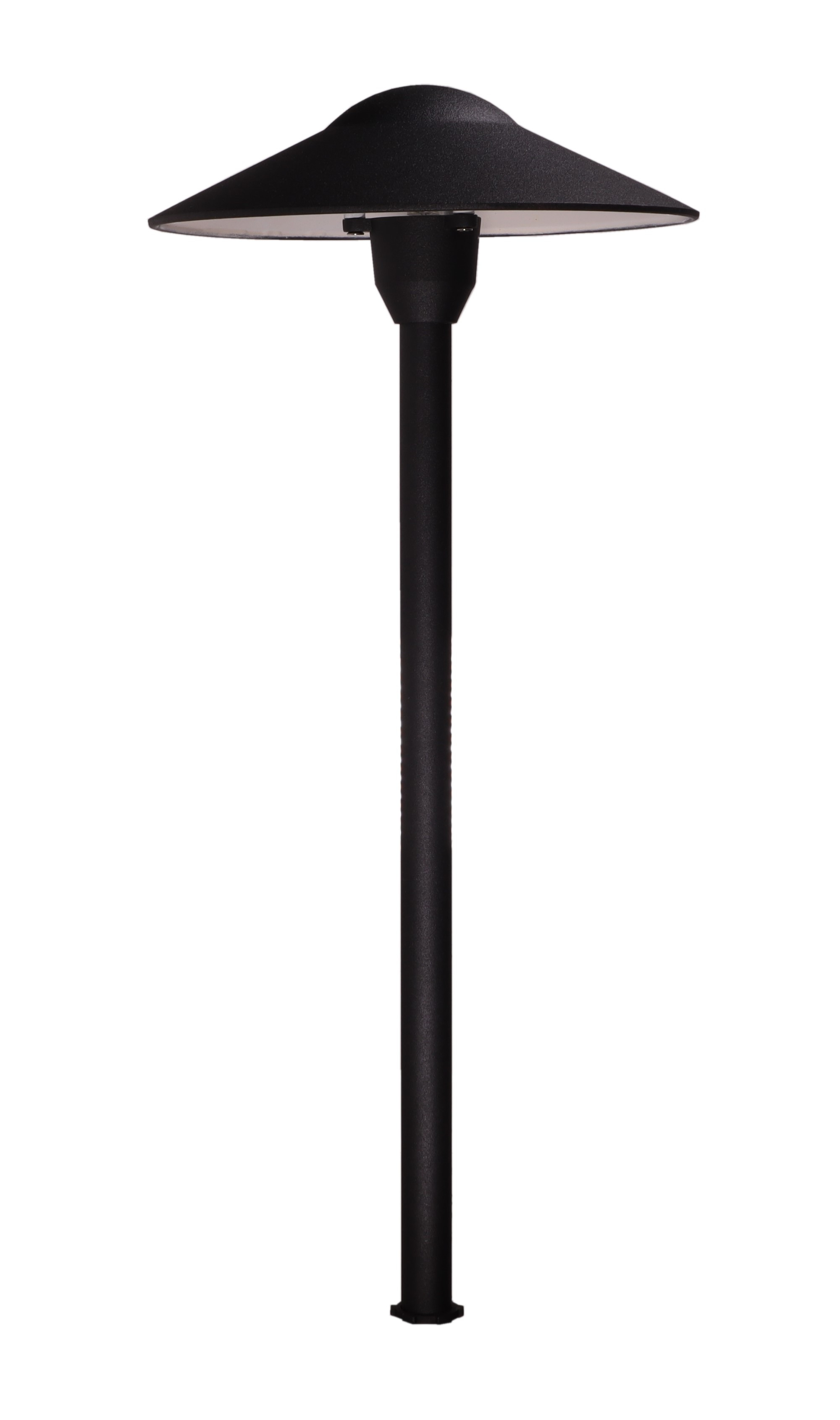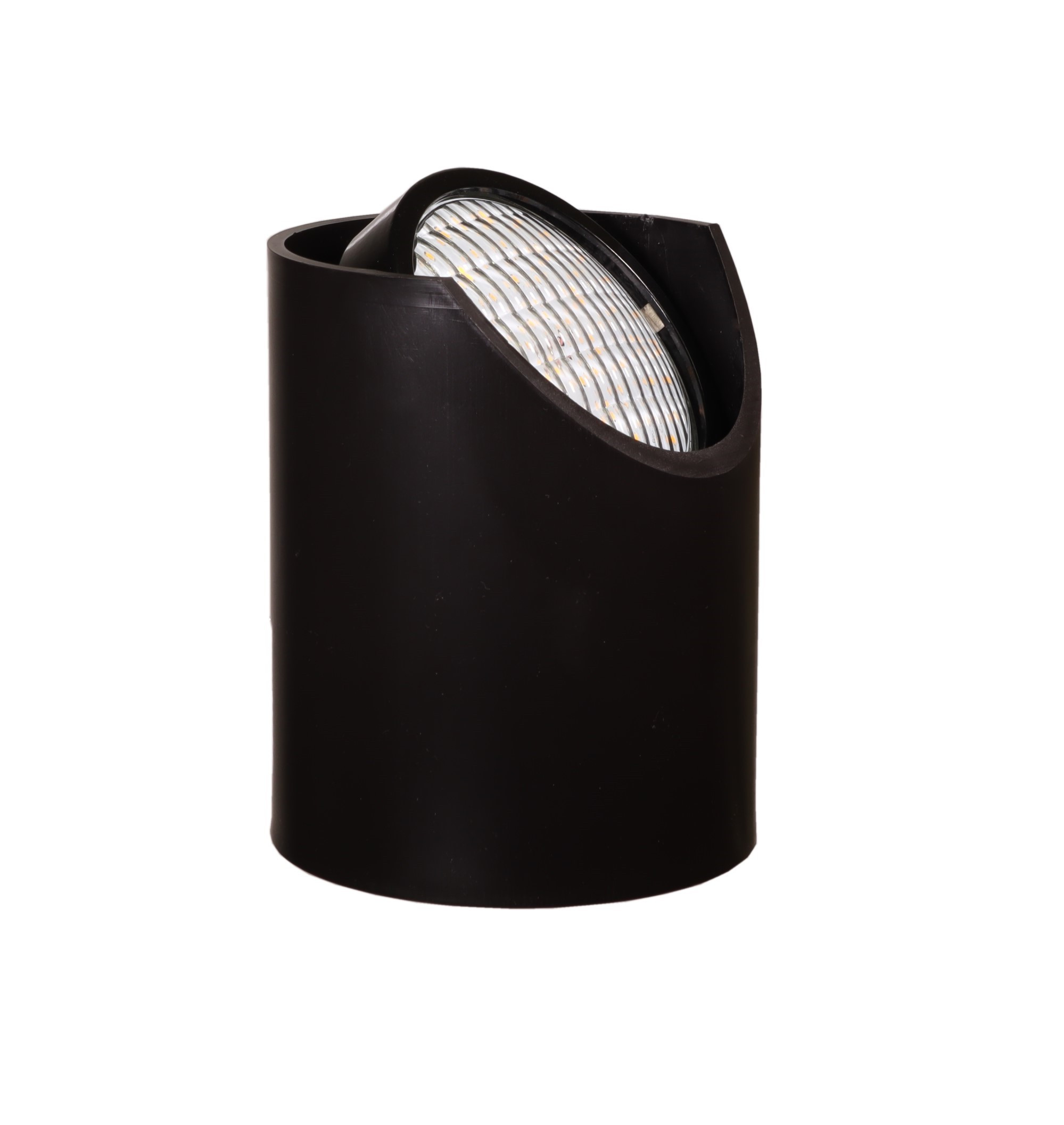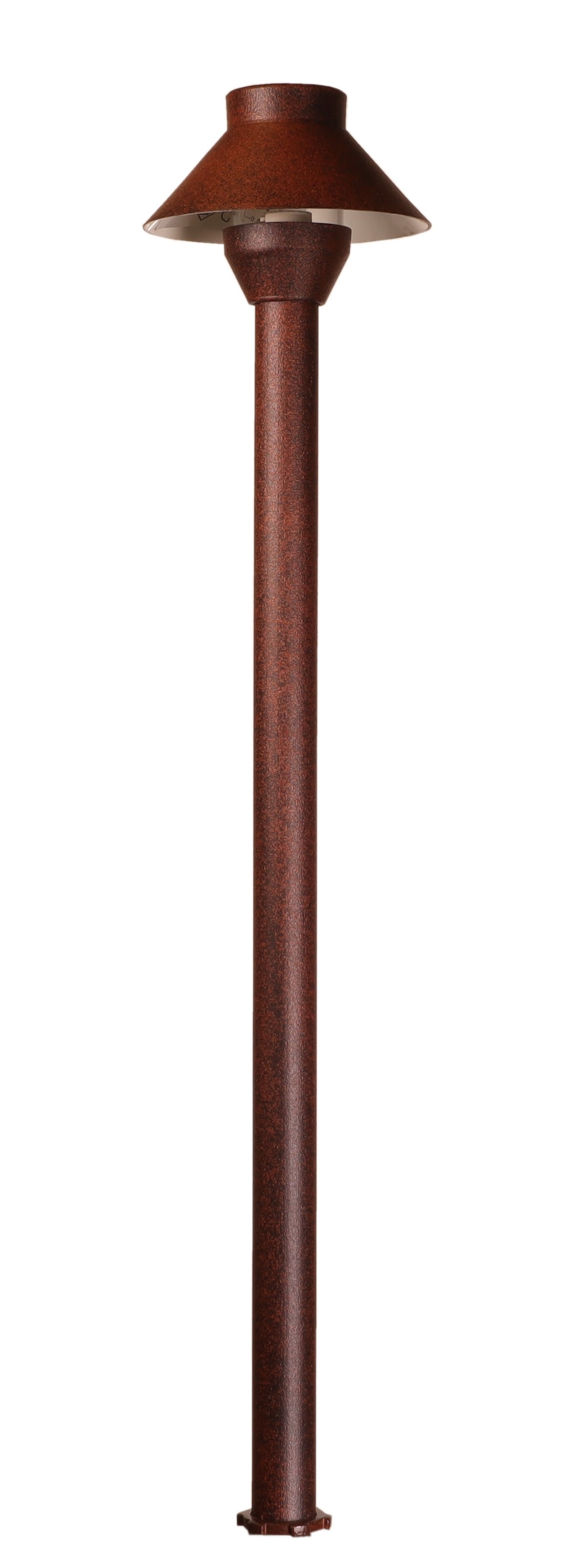Garden Outdoor LED Lights
Your garden or outdoor space is where you can seek solitude and serenity and enjoy memorable moments with your loved ones. When you want to illuminate this area in the most energy-efficient way possible, look no further than our collection of LED garden lighting.
What are Outdoor LED Lights or Landscaping Lights?
An electrical current goes through a microchip to light up the LEDs or light-emitting diodes. This electricity creates heat, which is absorbed into a heat sink or exchanger. LEDs don’t really burn out; instead, they have a long lifespan of about 25,000 hours or longer and start to dim or depreciate slowly over time.
What are the Different Types of Garden LED Lights?
You can choose from different types of outdoor garden lighting LEDs as your backyard lights:
Landscape Illumination
Illuminating with LED lights enriches your landscape. In certain settings, you might choose timers or motion sensors to save electricity so you don’t have to remember to turn your lights on and off. Dimmable lights can also give you more control over the brightness.
Pathway and Low voltage Walkway Lights
Placing exterior LED lights along a walkway or pathway in your front or back yard doesn’t just add ambiance and visual appeal; it increases safety by helping people steer clear of potential tripping hazards and your beautiful flowers and plants. A well-lit pathway leading up to your home is also less appealing to an intruder. Furthermore, putting the lights on a timer ensures your pathways are always well-lit and easy to see.
At Best Pro Lighting, we offer elegant LED pathway mushroom lights that look like a mushroom (lampshade) on top of a short 16’’ pole that sits in the ground. The mushroom cap protects the light bulb and directs the rays down to the ground. We also provide other similar pathway lighting designs, like the small hat or the pagoda.
Wall lights and step lights are another way to embellish your walkway. You can also place directional spotlights on small bushes or hedges along the path for some added ambiance.
Deck and Patio Lighting
Low-voltage LED bullet lights provide a focused, warm glow to any patio or deck. Step lights can help to lead the way up to your deck or patio like a constellation of stars, whereas mounting wall lights on the fence posts or by the front or back door brightens your patio by beaming rays higher up off the ground. Choose from decorative styles and colors, like the brass-colored eye style.
What are the Advantages of Using LED Lighting for Your Garden?
Business owners and homeowners are raving about the numerous benefits of using LED garden lighting fixtures.
Durability
LEDs are durable and perform optimally even through harsh temperatures, weather changes, and water exposure, making them an excellent choice for outdoor garden lighting use.
Sustainability and Energy-Efficiency
Thanks to electroluminescence and impressive state-of-the-art semiconductor technology, light-emitting diodes convert electrical energy directly into light, making them the most sustainable, eco-friendly, and energy-efficient lights on the market. Because LEDs require less energy, the standard direct current output of 120 volts could damage them. You’ll need to use low-voltage transformers to convert the supply down to 12-15 volts to power your garden light LEDs. LEDs are compatible with low-voltage lighting systems and low voltage pillar lights.
Long Lifespan
If properly used and maintained, LED low-voltage paradise landscape lighting looks opulent for 20,000 or even 30,000 hours, which is much longer than other bulbs like incandescent that typically only last around 1,000 hours. LEDs stand the test of time, and let’s face it, no one wants to deal with flickering lights or changing bulbs.
Versatility
From wall lights to step lights, LEDs are versatile and sophisticated.
Low Maintenance
In today’s busy world, low maintenance is preferable. Maintain your LED low-voltage lawn lights by inspecting them for damage and water intrusion and cleaning them periodically to remove dust, dirt, and debris. Use waterproof connectors and ensure all electrical connections are secure.
Low Heat Emission
LEDs convert more energy into light than heat, and the heat is absorbed by an exchanger or sink, making them less of a fire hazard and ideal for use around plants and trees. They also generate significantly less heat than halogen or incandescent bulbs.
How to Choose the Right LED Lights for Your Garden
Here are important factors to consider when choosing the best LED lights for your garden:
Quality
It’s important to choose high-quality lighting from a reputable manufacturer and seller. However, you also want lighting that fits your space, effectively illuminates, and doesn’t deteriorate quickly over time. Our Best Pro Lighting low voltage LED landscape lighting team understands that choosing the right light fixtures can be a headache, so we only offer the most timeless, stylish, and durable LED low-voltage garden lighting.
Design
Look at the layout of your garden and consider the key places you’d like to highlight, as well as the styles of light fixtures. Are you going for a relaxed atmosphere or a more formal feel? Would mushroom lights look mystical along your pathway? Do you have a statue or design feature you’d like to spotlight with directional LEDs?
Affordability
You've scored the best deal possible when you match quality with affordability and durability. Low voltage LED landscape lighting doesn't have to be expensive. Our products are affordable without compromising on materials or quality.
Durability
One of the main appeals of LEDs is the impressive lifespan, which can last over 20 times as long as traditional bulbs like incandescent. Best Pro Lighting only offers water-resistant, durable products with excellent Ingress Protection (IP) ratings—a marker used to classify the degree of protection an electrical enclosure provides against the intrusion of moisture and solid particles. This is because our lights are made with quality materials like tempered glass—a strong type of safety glass.
How to Set Up LED Garden Lighting
Some people don’t want to deal with transformers and connecting cables, and they feel more comfortable hiring an electrician. A professional can ensure everything is set up properly.
Most light fixtures come with the necessary hardware and instructions if you’re planning on DIY. Here are some top tips:
1. Plan Ahead
You’ll need to figure out where you’re going to place your lights and find your power source or GFCI outlet.
2. Get the Right Transformer
You’ll need to select the right transformer for your project. We offer 60-, 150-, outdoor lighting transformer 300w-, and 600-watt transformers. A higher rating means you can connect more lights to the system.
3. Turn the Power Off
Before beginning any electrical project, you should always turn the power off at the breaker.
4. Where to Mount the Transformer
Mount your transformer in an easily accessible location near the GFCI outlet, such as on the siding or masonry.
5. Closely Follow the Instructions
Carefully follow the instructions for mounting the transformer, preparing and connecting the conductors, and assembling and connecting your new lights.
6. Leave Some Slack
It’s best to leave around 18 inches of slack at each fixture, just in case you want to move it later.
7. Bury the Cable
We recommend digging a trench and burying the cable underground.
8. Set a Timer
Set a timer, forget turning lights on and off, and bask in the charm of your upgraded landscape.
Illuminate Your Garden with LED Lighting
Here’s a summary of our top garden light lamp ideas:
Directional lighting has more of a spotlight effect that can highlight and accent specific areas, like the wall of the house or a statue.
Flood lights have a wider beam angle of around 120 degrees that ‘floods’ or covers a larger area. Flood lights are a good idea for added security and visibility in homes and playgrounds.
Luminous wall or step lights add safety and work on any flat outdoor surface.
Modern-looking well lights are installed on the ground to display architectural features and trees. You can adjust and rotate them in any direction.
Short mushroom lights are popular and optimal for pathways and walkways.
If your landscape has a pond or water feature, make it shine with a fiberglass, waterproof LED underwater pond light. Our pond lights come with a free 12v outdoor lighting bulb.
You can also enhance your outdoor space with LED garden lighting, perfect for use as yard lights. These energy-efficient fixtures illuminate pathways, gardens, and patios with style and durability. Ideal for boosting safety and ambiance, LED garden lighting transforms any yard into a beautifully lit, welcoming outdoor retreat.
There’s a buzz about garden LED lights because they’re durable, energy-efficient, long-lasting, and deliver the aesthetic glow you're looking for.
Frequently Asked Questions About LED Garden Lights
Q. What are the advantages of using LED outdoor garden lights?
A. LED outdoor garden lights have several benefits over traditional outdoor landscape lighting options. Here are some of the advantages of using LED outdoor lights:
Energy efficiency: LED lights are renowned for being energy-efficient, as they consume much less electricity than other lighting sources.
Longevity: LED lights last longer than most traditional bulbs with quality LED lights lasting up to 25,000 hours or more, reducing the frequency of bulb replacements and maintenance costs.
Durability: LED lights are exceptionally suited for outdoor use since they resist shock, vibration, and temperature extremes.
Low heat emission: LED lights convert more energy into light than heat, generating much less heat than incandescent or halogen lights. The low heat emissions of LED lights make them ideal for use around plants and trees, as they're less of a fire hazard.
Q. How do LED garden lights differ from traditional garden lights?
A. LED garden lights differ from traditional garden lights in a few key ways. Firstly, LED garden lights use semiconductor technology, making them highly efficient in their energy. Traditional garden lights rely on less efficient technologies, like incandescent or halogen bulbs, which consume more power over time.
Another difference is lifespan. LED garden lights have a significantly longer lifespan, lasting up to 25,000 hours or more. In contrast, traditional incandescent bulbs usually last around 1,000 hours before needing replacement.
Lastly, LED garden lights are designed to be durable, withstanding harsh outdoor conditions such as strong rain and extreme temperatures. They also emit very little heat, which makes them safer to use near plants and other flammable materials.
Q. Are LED outdoor garden lights energy-efficient?
A. Yes, LED outdoor lights are highly energy-efficient. In fact, they're one of the most energy-efficient lighting technologies available for outdoor applications. There are a few reasons for this:
Low power consumption: LED garden lights use less electricity to produce light as incandescent or halogen bulbs, using a fraction of the energy cost for the same amount of light.
Efficient light output: LEDs are directional light sources, meaning they emit light in a specific direction without requiring reflectors or diffusers. This reduces light wastage and ensures more generated light is directed where needed.
Minimal heat generation: Unlike bulbs that waste a substantial amount of energy as heat, LED garden lights' efficiency in converting electrical energy into visible light generates much less heat.
Longevity: LED garden lights have a much longer lifespan than traditional bulbs. Because they last longer, you'll need to replace them less frequently, reducing the overall energy and material resources required for maintenance and replacement.
Q. Can LED garden lights be dimmed for different lighting effects?
A. Yes! Many LED garden lights can be dimmed to create different lighting effects and ambiance. This feature allows you to customize your outdoor landscape lighting for various occasions, offering flexibility to suit your preferences and create the specific atmosphere you want in your outdoor space.
Moreover, dimming LED garden lights also helps save energy when full brightness isn't necessary, contributing to energy efficiency as well.
Q. How do I install LED outdoor garden lights?
A. Installing outdoor LED garden lights may require the assistance of an electrician. However, if you’re installing your LED garden lighting yourself, consider these steps:
1. Plan: Determine the lighting layout and power source.
2. Select fixtures: Choose the outdoor LED garden lights best suited to your space.
3. Power source: Connect lights to a power source (low-voltage or line-voltage).
4. Position: Place lights in desired locations, ensuring they are secure.
5. Secure wiring: Hide and secure electrical wiring.
6. Test: Ensure lights work correctly.
7. Maintenance: Regularly clean, inspect, and replace bulbs as needed.
Q. Are LED garden lights compatible with low-voltage landscape lighting systems?
A. Yes. LED garden lights are compatible with low-voltage landscape lighting systems and are preferred for their energy efficiency and lifespan. Additionally, LEDs are safer for these systems, and their dimmable feature offers design flexibility to match landscaping goals.
Q. Are there any maintenance requirements for LED garden lights?
A. LED garden lights are relatively low-maintenance, especially compared to traditional lighting technologies like incandescent or halogen bulbs that need frequent replacement. However, LED garden lights require some attention to ensure they continue functioning effectively and efficiently.
Here are some maintenance considerations for LED garden lights:
Cleaning: Maintain the quality of light output by periodically cleaning the light fixtures to remove dirt, dust, and debris that can accumulate on the lens or housing. This will help maintain the quality of the light output.
Inspect for damage: Regularly inspect the fixtures for any signs of damage, such as cracks in the housing or loose connections. Damaged fixtures should be repaired or replaced promptly to avoid safety hazards and performance issues.
Secure connections: Ensure that all electrical connections are secure. Loose or corroded connections can lead to flickering or intermittent operation. Tighten these connections as necessary and use waterproof connectors for outdoor installations to prevent moisture ingress.
Lubrication (if applicable): If your LED garden lights have moving parts, such as adjustable stems or hinges, apply a lubricant to these parts as the manufacturer recommends to prevent corrosion and ensure smooth operation.
Check for water intrusion: Verify that the fixtures are correctly sealed to prevent water from entering. Water intrusion can damage the LEDs and other internal components. Replace gaskets or seals if they show signs of wear or deterioration.
Q. Can LED outdoor garden lights withstand exposure to water or moisture?
A. Most LED outdoor garden lights are designed to withstand exposure to water and moisture to some extent. However, the level of water resistance or waterproofing can vary depending on the specific product and its IP (Ingress Protection) rating. IP ratings are used to classify the degree of protection an electrical enclosure provides against the intrusion of solid particles and moisture.
When choosing LED outdoor garden lights, it's essential to consider the IP rating, typically indicated on the product packaging or specifications. IP65 or higher ratings will mean that the LED lights can withstand exposure to rain and moisture, while an IP68 rating indicates that the LED light is designed to be waterproof and can be submerged without water ingress.
Q. What is the lifespan of LED outdoor lights?
A. LED outdoor garden lights are known for their long lifespan, which is one of the key advantages of this lighting technology. On average, LED garden lights can last 25,000 to 50,000 hours or more, depending on quality, operating conditions, usage, and other external factors.
